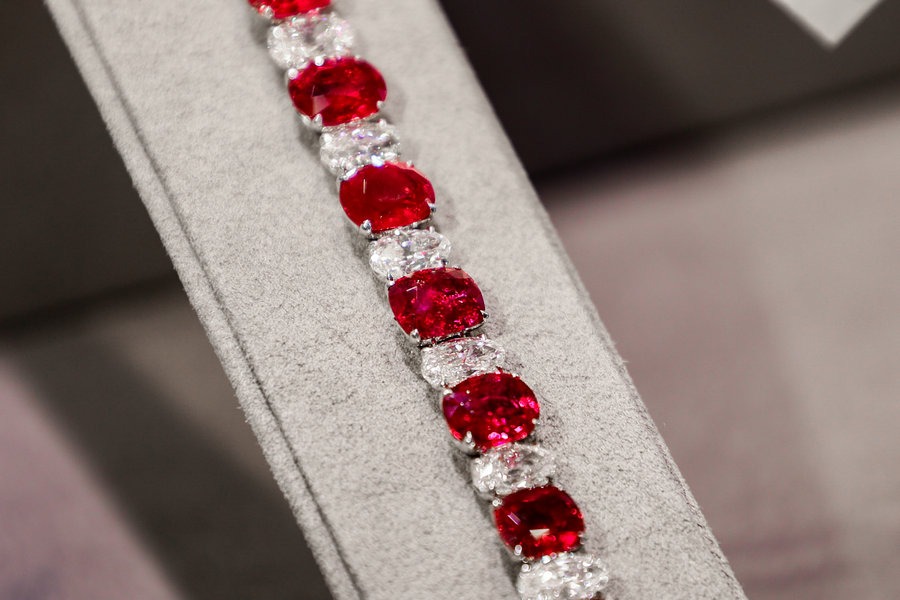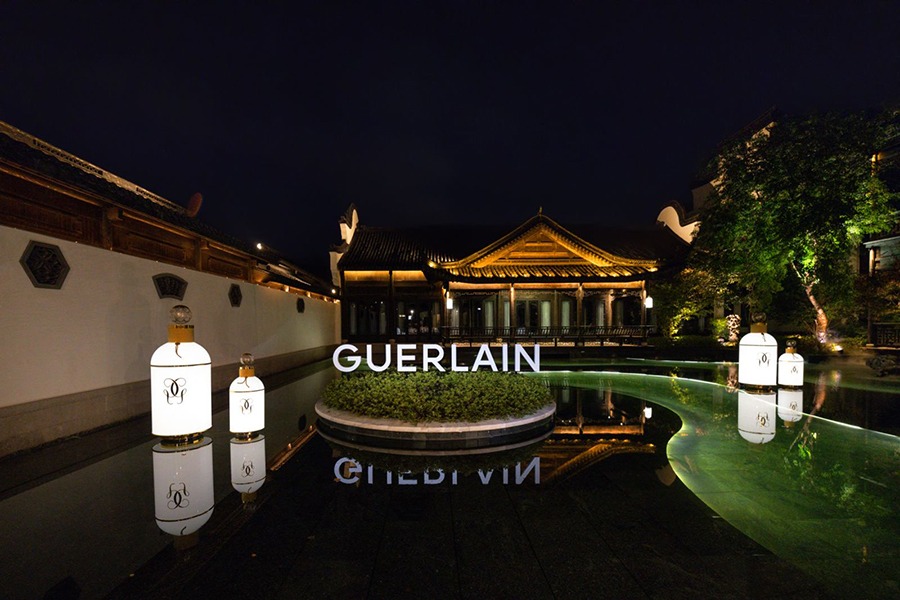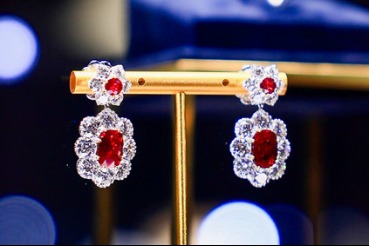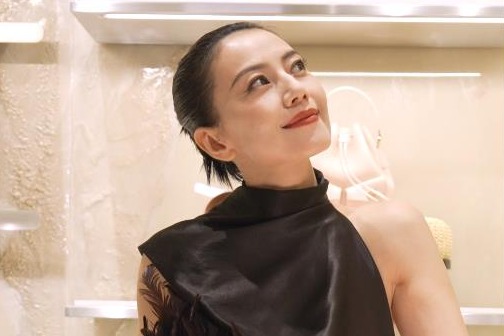Avant-garde approach

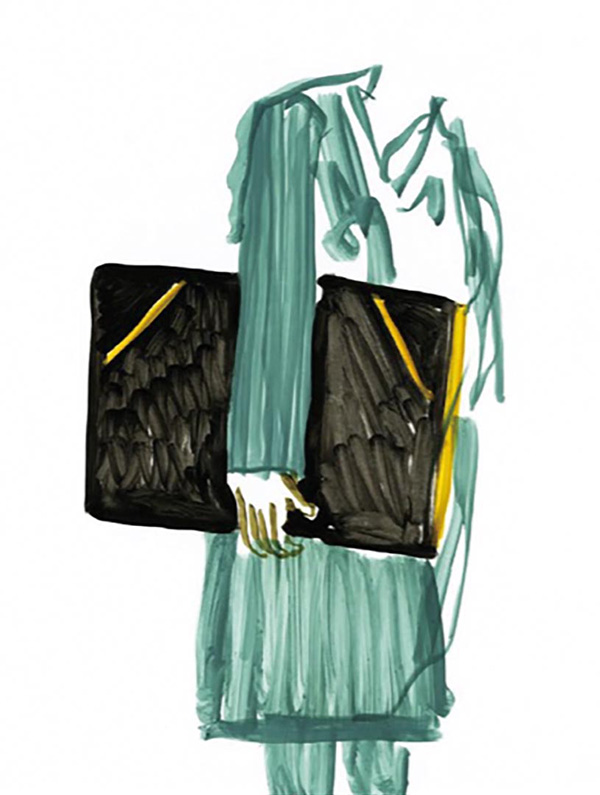
Swiss phenoms Jacques Herzog and Pierre de Meuron received the Pritzker Prize for architecture in 2001 and have assembled a veritable greatest-hits of work: Beijing's National Stadium, aka the Bird's Nest; the Tate Modern in London; the Pérez Art Museum Miami; and M+ in Hong Kong, due to open next year. Prada is a regular collaborator with Herzog & de Meuron, who build stores for the brand, but this was the inaugural fashion crossover.
For the duo's entry, Herzog has invoked language and its changing identity. "Language has lost its power – to persuade people with arguments or to enchant them with the poetry of words," explains Herzog. "It was a weapon of enlightenment." He argues that language has lost its seduction, becoming an empty vehicle of information. As such, he uses text as a design element, like a pattern or decoration, with entire passages almost like ornamental tattoos. "The language we encounter here is like an archaeological find, as fascinating to us as ancient scrolls or coins, because we sense that its time is running out," he says.
Last but not least is the towering figure of the Rotterdam-born Koolhaas, who runs Dutch architectural firm OMA. Currently a professor at Harvard, he has built the Fondazione Prada in Milan, the Garage Museum of Contemporary Art in Moscow and the headquarters of China Central Television in Beijing, amongst others.
Koolhaas has taken the same deconstructive approach to the Prada commission as he does on a building. "This project proposes a reinterpretation of the backpack, more suitable for the contemporary urban citizen," he explains. "It is carried on the front so its contents are at any time accessible to the wearer. It is dimensioned to accommodate the devices that enable modern life to unfold, easily unpacked through convenient openings." The smart countercultural thinking of back-to-front "gives a more intimate sense of ownership", he adds. Which sounds a lot like Mrs Prada's entire blueprint for design, doesn't it?



















